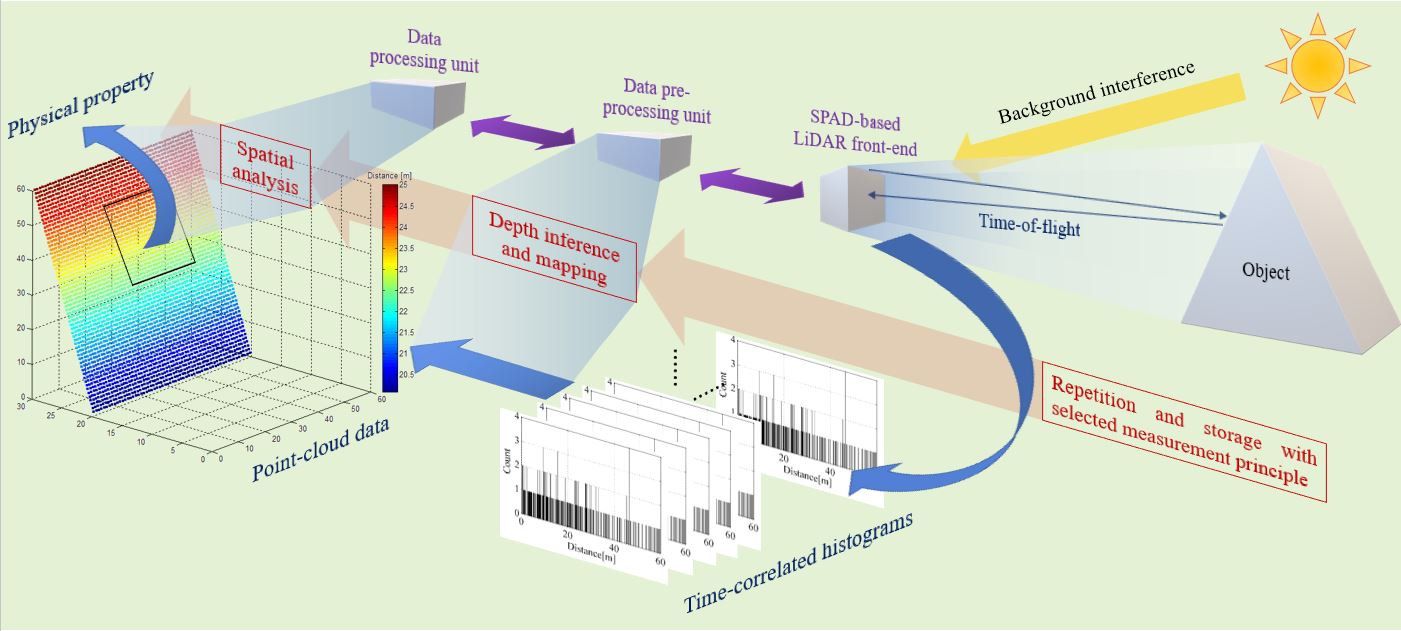The general trend in the field of artificial intelligence in recent years has been toward ever larger and higher-performance models. In neural networks in particular the number of layers and weights is increasing explosively. This is directly related to the establishment of deep neural networks. But is bigger automatically always better? The size of neural networks demands ever larger, more energy-hungry and more expensive hardware. To conserve resources and the climate Fraunhofer IMS is developing machine learning methods that work directly on smart sensors. This includes both inference and actual learning.




